What could be more adorable than a parrot that greets its owner coming home from work with “human” words or sings a few notes from a favorite song? No other pet can speak to us using our own words, so many parrot owners are looking for methods for teaching a parrot to talk effectively.
It is worth noting that not all parrots talk, even among species considered excellent talkers (e.g., the Jaco). Don’t buy a bird just for the sake of your expectations. More specific research is needed to understand why some birds do not speak.
Accept the operatic as it is! Of course, some species speak better than others and will only need a little learning time.
In addition, they perfectly imitate everyday sounds: a dripping faucet, a telephone sound, or even a cat’s meow. Smaller parrots, such as wigglers or correlatives, also speak, but their speech could be better: it is difficult to make out words.
Watch a video on how to teach a parrot to talk using the repetition method:
Why do parrots talk
The speech apparatus of birds is similar to that of humans. Their lower larynx has the same function as our vocal cords. Birds accepting humans into their “flock” try to match them as much as possible and reproduce similar sounds.
In terms of frequency, the parrot’s voice is more similar to the female voice, so sometimes the pernatic can sometimes imitate male speech quite punningly. By the way, some pets can try to memorize words, because they know that in this case, a person will pay attention to them. Well, something, but the attention to his person, the parrot appreciates above all. This is a great tool in the hands of those who want to understand how to teach a parrot to talk the fastest.
How to get a parrot to say “Hello”
Step 1: Say it more often. The main secret: repeating the same word many times. Say the word as clearly and as often as possible while near the bird. The more times he hears the word, the more likely he is to memorize it. This is why some parrots can surprise guests with profanity. When you pass by the cage, stop for a moment to say, “Hello.” Even if he doesn’t answer you, you’ve put that word in his memory – put a “brick” in the first step.
Step 2: One-on-one. Of course, it may take a little more time than you planned: “Moscow was not built at once”. Try to set aside 15-20 minutes each day for one-on-one training for the pernatic. Move it to an area that is unfamiliar to it (e.g., another room).
Say the word slowly so that the parrot understands exactly what you are saying to him. After talking to him for a while, give him a chance to respond. Keep repeating this day after day and your bird will say, “Hello” when you don’t expect him to!
Step 3: Reward. When the bird says the coveted word, be sure to encourage it. Positive reinforcement is a long-term prospect in future lessons: it will be one of the most valuable tools in learning. Immediately after the first: “Hi” from the feathered bird, give him a tasty treat, praise him, show him how good he is! For most parrots, treats as encouragement such as pieces of apple, banana, pear, carrot or celery; peanuts are suitable. Keep treats close at hand, within close reach.
When and how you can teach a parrot to talk
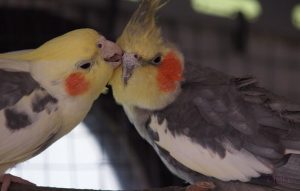
As with training any animal, the best effect will be achieved when the pet is young, healthy, and has trust in you. Training should become part of the routine, at the same time, sessions are best kept short so that the bird does not get bored.
In the wild, birds prefer to socialize in the evening and morning, so these times are ideal for training. Before you start, make sure that the room is quiet, there are no extraneous noises, other animals and birds are removed from the room (two parrots at once is quite problematic to train, so if you want to understand how to teach to talk to nesting parrots, it’s simple – train them separately).
- Show the bird that it is loved. In nature, birds show their love for each other by gently rubbing their necks. You can gently touch your cheek to the neck of the bird while saying: “I love you,” and then the bird will associate those words with what you are saying to it. Keep repeating this process and finally gently touch your lips to the bird’s beak.
When you kiss the beak, say, “Kiss,” and in time the bird will realize that this word also refers to the love you share.
This step can be broken down into several steps, depending on your learning skills. Be patient – it may take as long as a week or as long as a month.
The first few words are the hardest to memorize, the very first sign that the bird will talk is unintelligible mumbling. She will continue to practice on her own without you, so when you hear her mumble a word, repeat it clearly.
- Introduce words and phrases gradually in context so that the parrot begins to understand them. Sometimes this happens automatically, even if you don’t realize it. For example, when the phone rings, you pick up the receiver and say, “Hello”. The parrot absorbs this information like a sponge and will eventually begin to say, “Hello” when the phone rings. Or even imitate the sound of the phone to encourage you to say, “Hello”!
So, to use this training technique, prepare a few phrases that you would like the bird to understand and use later on. Use a high and excited tone when you leave the house each morning, say “good morning” or “rise and shine”.
At night, when you close the cage or turn off the lights, say “good night” and soon the bird will start repeating this call. Move on to learning the next word or phrase when the previous one is fully learned.
Name foods, vegetables, fruits and vegetables he eats, and use special designations for the items he plays with. For example, if he likes to play with a key chain, label it “key chain” when the bird turns its attention to the item. Then, when it already starts repeating the word, give it the chain to increase the effect. It is better to use small and brightly colored objects for this purpose.
- Make sure the parrot is in front of you when you are teaching it to speak so it can watch you speak.
Birds learn to communicate by imitation and mimicking. It is also a good way to get a bird’s attention.
A common mistake is to teach whistling earlier. Especially often this mistake is made by people who want to understand how to teach a Corella to talk. After all, it is the corella – the biggest fan of whistling. Wait until the parrot has at least a minimal vocabulary of words before teaching it to whistle. As soon as it learns to whistle, it tends to ignore almost all words, preferring to whistle.
Helpful hint: birds love attention, but ignoring it frustrates them. So if you notice bad behavior during training, just turn around and walk away for a few seconds. Most likely, the bird will realize that this is not the reaction it would like.
The bird is pretty good at memorizing words and phrases that are sure to amuse you and your guests:
- Hello
- Hi
- Do you want a nut?
- Good boy.
- I want to come
- Come here.
- Have a seat
- I love you.
- Hey, baby.
- Bye-bye. Bye-bye.
- Dinner
- It’s bedtime
- Помогите! Они превратили Ð¼ÐµÐ½Ñ Ð² попугаÑ!
- I can talk, can you fly?
- I’m not a bird, birds don’t talk!
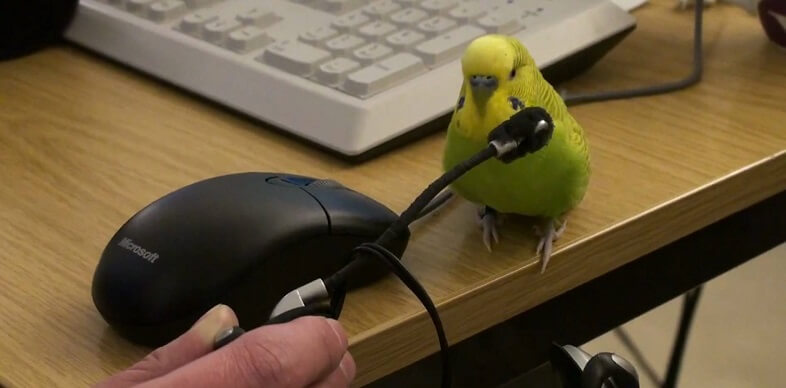
Age matters
Training can be started at any age, even the very young. A parrot may be too young to talk, but not to memorize words! If you start talking to a newly fledged youngster, the trust and effectiveness of communication will be higher.
Birds of this age bond easily with people and have the confidence needed for vocal interaction. Be gentle, kind and patient and these birds will quickly learn to trust you and respond to you.
Of course, while they are “clucking” for food, they are unlikely to say words. But as they get older, you will see that your efforts have not been in vain. Experimenting with words, flapping their wings and their first attempts to fly often happen around the same age.
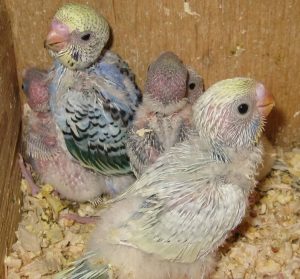
Chicks will raise their heads, listen to you carefully and recognize words, even if they are too young to repeat them. By the time baby parrots reach 3-6 months of age and large parrots reach 6-12 months of age, they begin to repeat words and phrases.
If you buy a not too young bird that is afraid of people, teaching it to talk will be difficult, if not impossible. Birds must first learn to trust humans. Many never acquire trust in humans. They require a longer period of socialization than a chick.
A parrot’s abilities may also depend on its sex. For example, only males speak in wolfish parrots. Their vocabulary is likely to be modest. Nevertheless, the wavy parrot Puck, which entered the Guinness Book of Records, knew 1770 words.
The express method of learning your name in 5 minutes a day
The best way to quickly teach your bird to say its name is to include it in a sentence it already knows. Once your bird has gotten past the first step and has learned to say words, start adding his name to the word.
For example, “I love you, Polly”, or “Hi, Polly” if she already knows the word “Hi”. Repeat this phrase often throughout the day and during class. 2 sessions a day for 5-10 minutes at a time is much more effective than longer sessions once every few days. The bird will forget what you are trying to teach it if you are not consistent. In just a few days, there is a chance of hearing the name from your pet’s beak!
When the parrot speaks
On average, parrots begin to speak very well (given regular training) from 3 months to a year from the start of training. Of course, it depends on the ability to learn to talk, her character, ability and desire to speak. Gradually, the vocabulary will be replenished if you continue to devote sufficient time to your pet.
Remember that once the parrot speaks, it will quickly begin to memorize and repeat everything it hears from time to time, including conversations between household members, swearing amongst themselves, or even constantly calling the cat for dinner. All of this will be repeated without a second thought!
An overview of computer methods for Android
1. “Parrot Phrasebook”
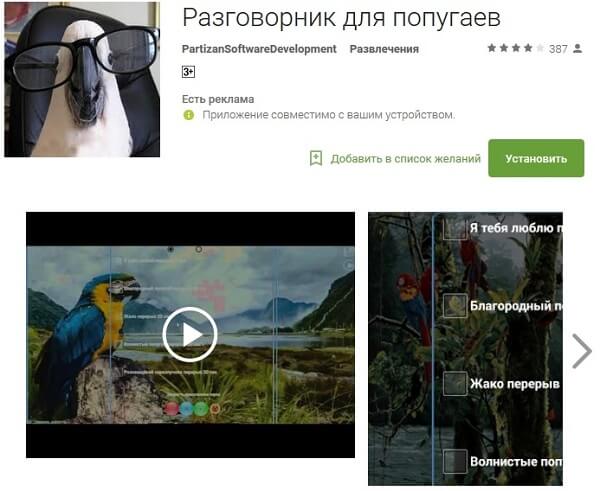
The program is distributed free of charge. There are several levels of difficulty. List of words to memorize:
Hi.
Birdie.
A wonderful man.
Chicken.
I love it..
Karaul.
Be well.
I love you..

The program automatically repeats the word every few seconds. Using the program is best set up in half-hour sessions to get effective results.
2. “Conversational genre for parrots”. Fee.

You can use the program to teach birds words, phrases, and various sounds. You can install and use the program on a desktop or laptop computer. Together with the program you get a basic set of words and phrases, which are best for the first training. It is best to use the program periodically, several times a day for 5-8 minutes.

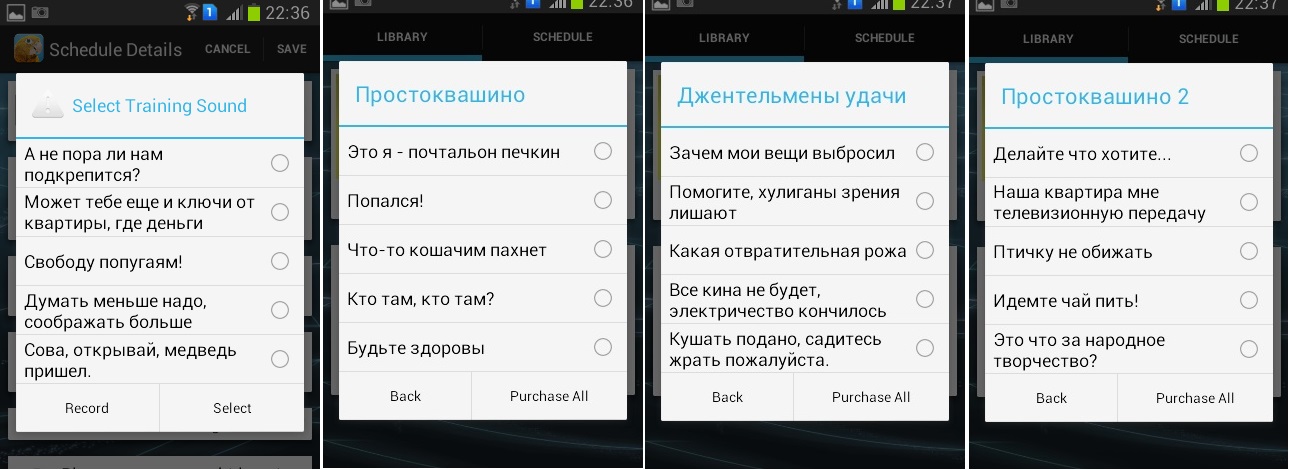
3. “Cockatiel Training. Free. In English.
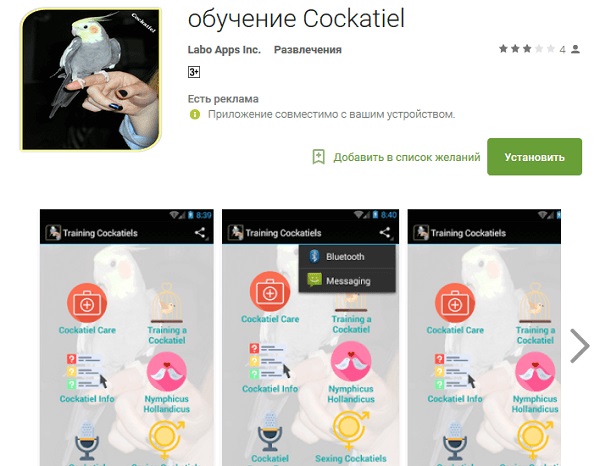
Do you want your parrot to learn to say your favorite phrase? The program allows you to record and use custom sounds recorded through the “voice recorder” application.
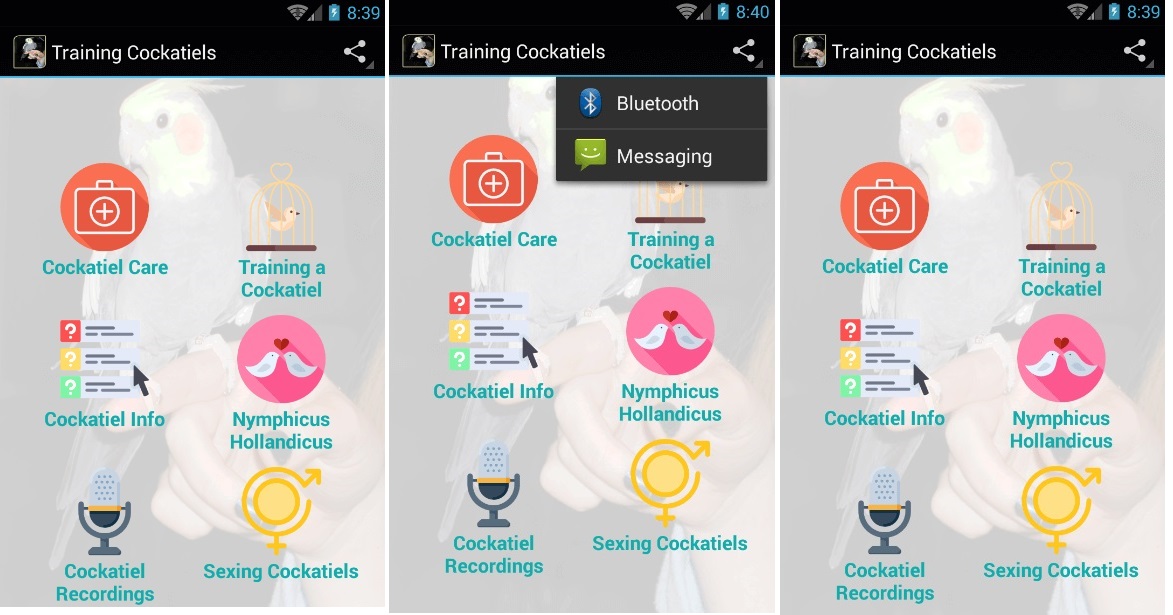
4. “Recorder.” Free of charge.

There is nothing easier than to write down or speak words into a voice recorder or record phrases in mp3, which will teach the bird instead of you. On the downside, there is no communication with the bird, and trust is an important part of successful training!
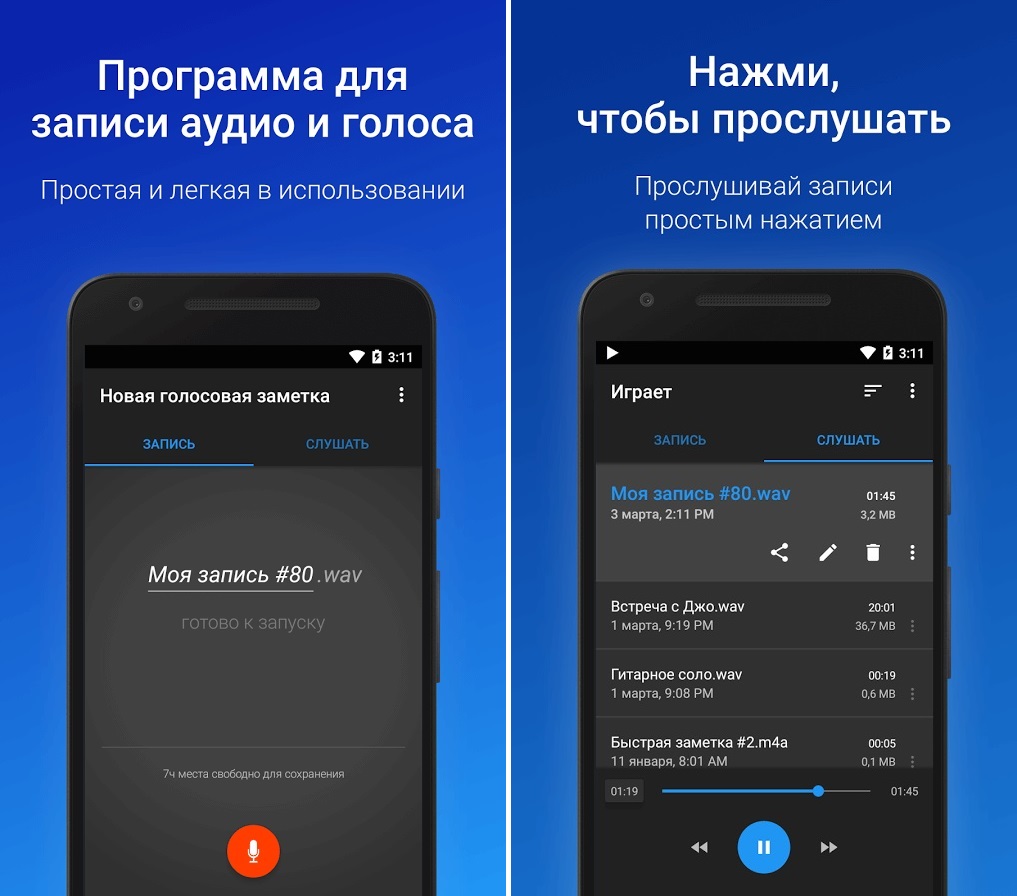
5. Techniques that can be found on YouTube. For example, watch a video on how to teach a parrot to talk. You can simply play this video to your pet when you leave the house:




